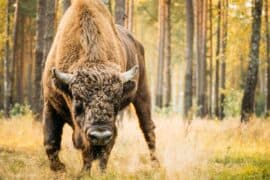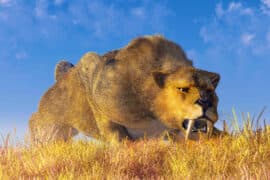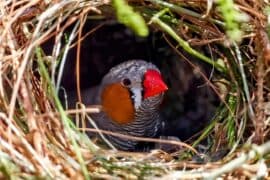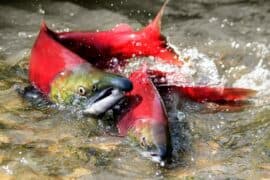Nile crocodile
(Crocodylus niloticus)

Description
The Nile crocodile ( Crocodylus niloticus Laurenti,1768 ) is a large aquatic reptile,widespread in Africa along the river Nile.The Nile crocodile is a deadly danger to animals living in its environment.It has sturdy legs equipped with claws with which climbs on the banks of rivers with agility.The female,thanks to the claws,digs a hole in which the eggs will be laid.The nostrils allow the crocodile to breathe even when it is underwater because they are placed in the upper part of the snout.A layer of skin prevents water from entering the nostrils.Its teeth are robust,allowing the animal to tear large pieces of meat from prey.The force of the bite of the Nile crocodile is of the order of two thousand kilograms force.The teeth grow continuously and are replaced by always new ones.The curiosity is that the crocodile can not chew.The eyes are located in the highest part of the head to allow the crocodile to detect and monitor prey when it is submerged.The tail has the function of rudder and also acts as a weapon against prey.The tail of a crocodile is strong enough to cripple a deer.The length of the animal can reach 6 meters and even exceed them in some cases and their weight can mature or advanced between the over 900 and 1000 kg.According to some testimonies of which there has never been ascertained of the reliability there would be even males (generally bigger than the females) that reach even the 7 meters.The Nile crocodile has an irregular head shape without well marked ridges and 18-19 teeth on the jaw side,14-15 on the jaw.From 4 or 6 shields carinated in the postoccipital region and 6 on the nape,arranged in transversal series and 6-8 longitudinal series on the back where all the shields have a strong longitudinal keel.The foreleg has 5 fingers and the foreleg has 4 entirely palmate.It has a dark green color,with considerable individual variations.
Taxonomic tree:







